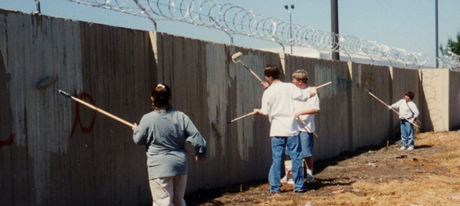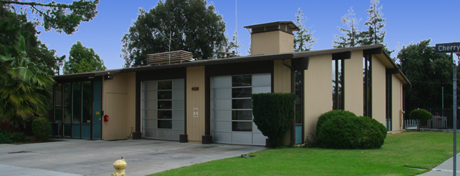
The water treatment plant in Alviso will soon be able to make wastewater potable. Robert Dawson photo.
Last week, the City Council moved forward with an Environmental Impact Report (EIR) for the water pollution control plant often referred to verbally as “weepeeceepee” (WPCP). The plant and the land are jointly owned by San Jose and the City of Santa Clara.
There are competing interests on what to do with the area surrounding the plant. Some would like all of open space land preserved for natural habitat for the burrowing owl and other animals. Others would like to the area devoted to large parks with trail connectivity. Still others look to this as an area where San Jose could add office and retail opportunities to increase the tax base.
A permanent decision will most likely not be made until the EIR is completed in a couple years. However, what we do know now is that we must spend some money on updating the WPCP so that it continues to work and comply with federal regulations.
Perhaps with such a great land mass, there might be something for everyone? Would it be possible to have land for jobs, open space and a park? Do we try to please everyone or choose one option and stick with it?
Speakers from Alviso spoke about their concerns regarding added traffic to their area and shared concerns that any new retail would take away from the limited existing retail that is currently in Alviso.
This area is also where the advanced water treatment plant is being built that will take waste water and turn into clean potable water. Actually, this water will be cleaner than current tap water and certainly bottled water. This simple fact is important in the education process of consumers in water consumption. It is expected to open in June 2012.
Staff shared an extensive power point at the council meeting that I have placed on my council website as I have done with other staff presentations for you to view. The presentation is more visual and perhaps easier to understand than a long report so I encourage you to click on this link: City of San Jose District 6 Staff Presentations. From there, click on Water Pollution Control Plant Master Plan: April 19, 2011 to view and learn more. This power point is the bulk of this weeks blog. Appreciate any comments you can provide from what you discern on the power point presentation.
On another topic, the District 1 and 3 budget meetings had comments from actual residents this week. To summarize, people wanted the council to fix the structural budget problem so we can restore services in the future. A woman at the District 3 meeting, who is a volunteer at a community center, said she and her neighbors understand that the City has no money and to “Just do your best and God bless.”


